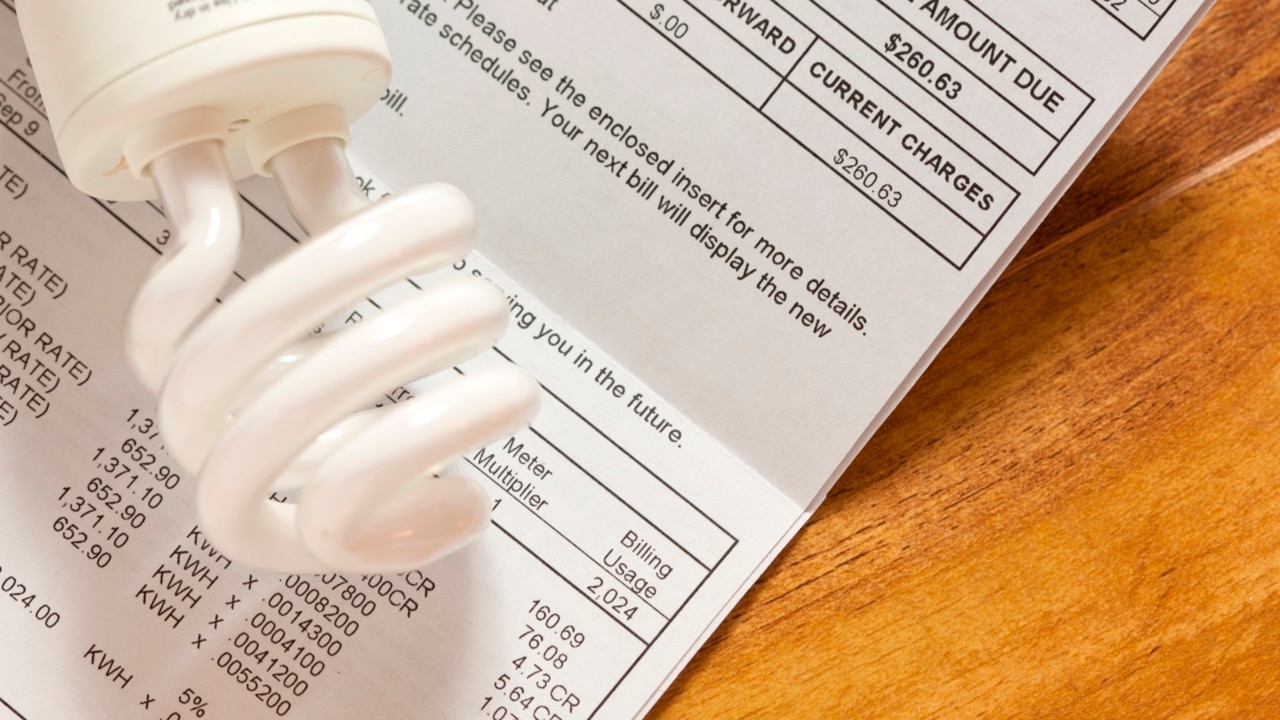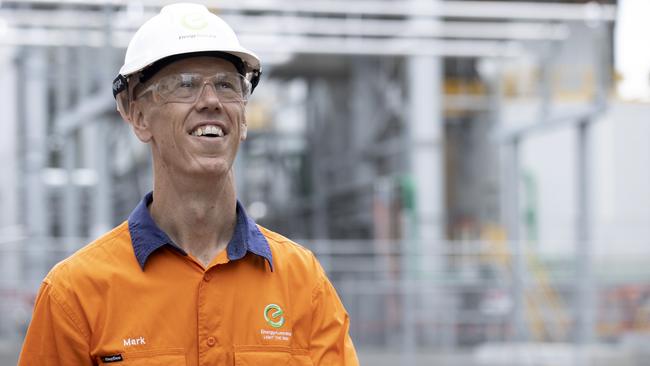EnergyAustralia posts operating loss despite earnings bounce
EnergyAustralia insists it is making progress on turning its fortunes around, but the operating loss will do little to quell concerns about its capacity to invest in energy transition.

EnergyAustralia, the country’s third largest electricity and gas retailer, recorded an operating loss of $35m in 2023, its parent company has reported, as the impact of recent losses offset a marked improvement in earnings.
Hong Kong-based CLP Holdings said EnergyAustralia recorded the operating loss despite annual earnings topping $400m, buoyed by an improvement in generation reliability and more normalised market conditions,
While the result will be cheered, it underscores the impact of recent losses incurred by EnergyAustralia during a local market crisis that saw the country’s energy market operator forced to take control and order generators to dispatch electricity to avoid blackouts.
In 2022, CLP reported half-year losses for EnergyAustralia totalling $1.55bn.
EnergyAustralia’s managing director Mark Collette said the earnings growth showed that the company was on the right path and was well placed for further growth.
In August, CLP revealed EnergyAustralia had losses of more than $100m for the first half, prolonging the troubles of the country’s third largest electricity and gas retailer.
“After a difficult 2022, we produced a marked improvement in our operational and financial performance in 2023. This is good progress in a rapidly changing energy market,” said Mr Collette.
“Our improving performance is building a stronger and more resilient EnergyAustralia, enabling us to accelerate our participation in the clean energy transformation,” Mr Collete said.

EnergyAustralia is under pressure to accelerate its transition amid fears it could be left behind its peers, and the result undershoots rivals such as Origin Energy and AGL Energy. The result also showed a downturn in profits from energy retailing, in contrast to its larger peers.
EnergyAustralia can ill-afford to slip behind its rivals as it moves to transition its business.
EnergyAustralia last year pledged to develop a $5bn pipeline of renewable generation assets by 2030, which it said would drive it to be net-zero by 2050.
There are also lingering concerns about CLP’s commitment to funding the transition spend. CLP said it remained committed but industry executives have raised potential hesitancy as one reason why a deal with Macquarie failed to materialise. Macquarie was close to acquiring 50 per cent of EnergyAustralia from CLP before the deal suddenly collapsed.
The outlook for Australia’s energy market is also murky. The country’s energy retailers have been aided this year by increases in tariffs of more than 20 per cent, allowing the industry to recoup recent losses.
But the Australian Energy Regulator (AER) is within weeks expected to announce flat or even lower tariffs as part of its much-anticipated default market offer.
The default market offer is calculated annually, and the AER considers the wholesale cost of electricity, the cost of distribution and of compliance with government regulations.
Limited increases to the annual tariff would heighten pressure on electricity and gas retailers.
EnergyAustralia and its peers have been squeezed by the default market offer, which the industry insists has not kept pace with their costs despite consecutive increases of more than 20 per cent.
The squeeze was a major driver of CLP earlier announcing a goodwill impairment charge of $1.1bn.






To join the conversation, please log in. Don't have an account? Register
Join the conversation, you are commenting as Logout